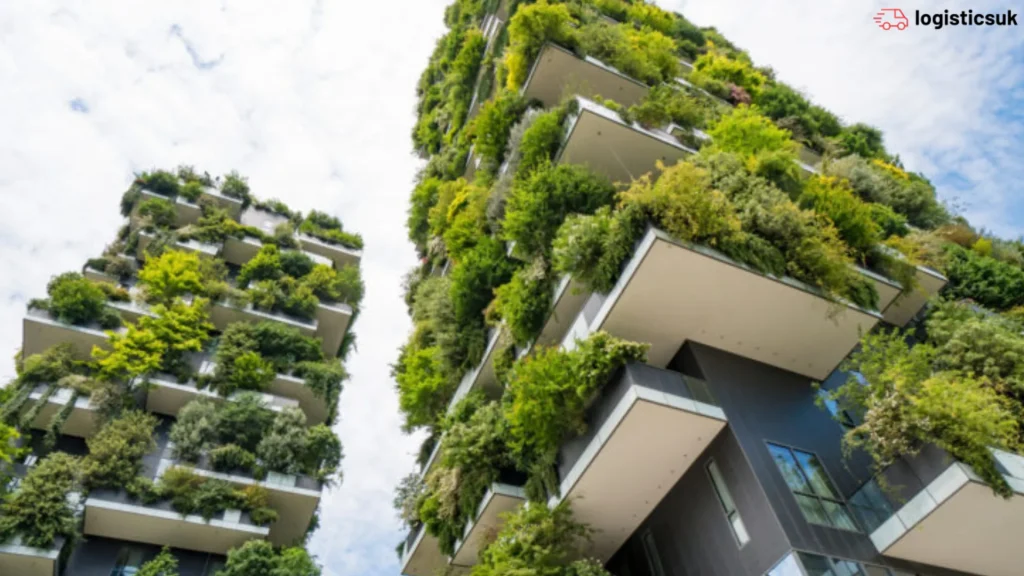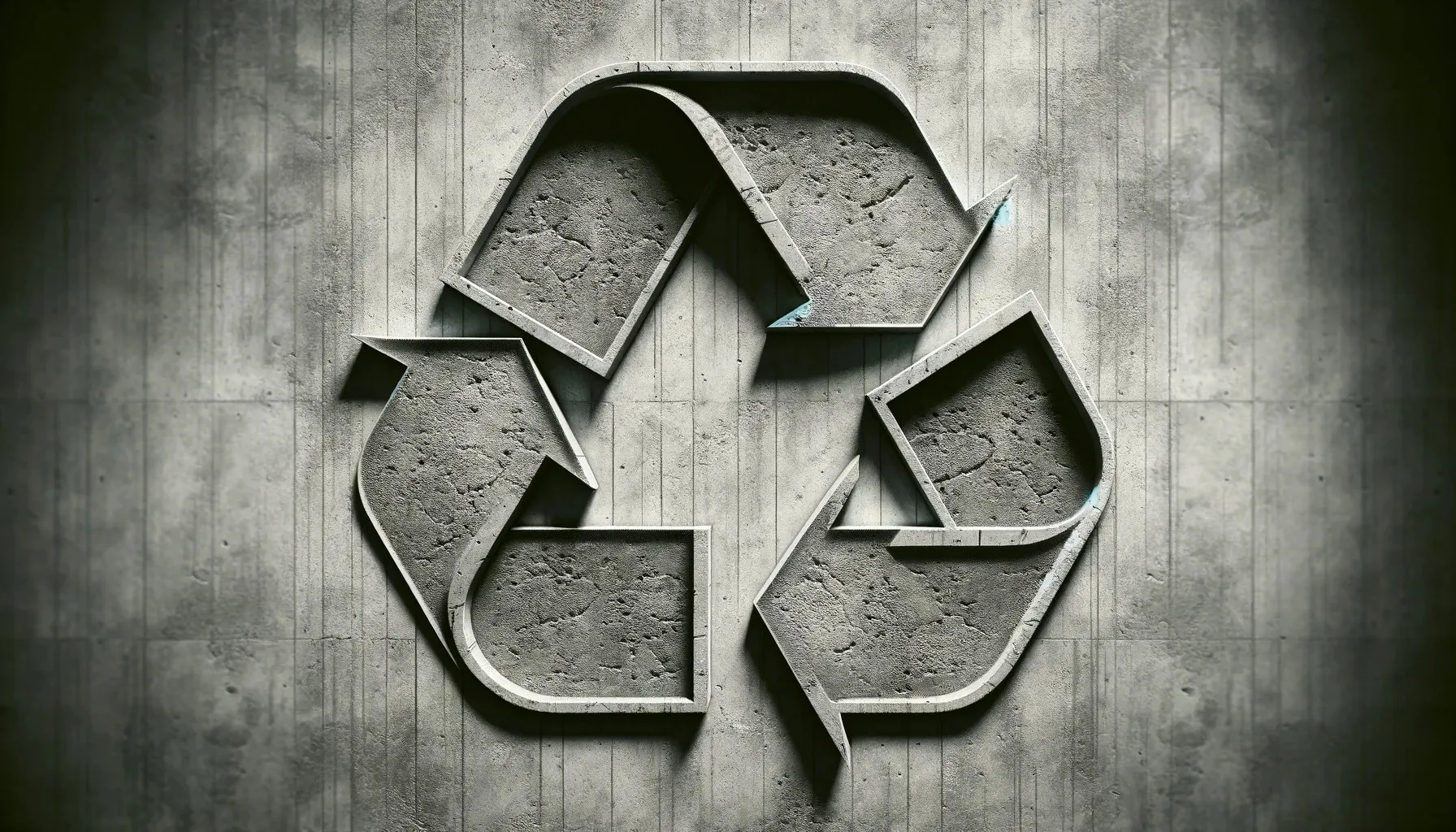In today’s world, sustainability is more important than ever. The construction industry, known for its significant environmental impact, is evolving. Builders and architects are turning to green building materials to reduce carbon footprints and enhance energy efficiency.
These innovative materials are not only eco-friendly but also offer impressive durability and performance. By choosing sustainable building materials, we can create structures that are better for our planet and future generations.
Embracing green building materials doesn’t mean compromising on quality or aesthetics. Many of these materials are as strong and beautiful as their traditional counterparts. Plus, they often come with additional benefits like improved energy efficiency and lower maintenance costs.
Whether you are a homeowner, builder, or architect, understanding these materials can help you make more environmentally conscious choices.
Recycled Concrete

Recycled concrete is an excellent example of a sustainable building material. It involves reusing concrete from demolished structures. This not only reduces waste but also cuts down on the need for new raw materials. The process of recycling concrete includes breaking, removing, and crushing existing concrete into a material with a specified size and quality.
Intelligent sensors can play a crucial role in ensuring the quality of recycled concrete. These sensors monitor the material’s integrity and performance in real time. This technology ensures that recycled concrete meets high standards for safety and durability. The use of intelligent sensors helps detect any weaknesses or irregularities in the material, ensuring that it is as reliable as new concrete.
Using recycled concrete can significantly reduce construction costs, as it is often cheaper than new concrete. Additionally, it helps conserve natural resources and reduces the environmental impact of extracting and processing new materials.
Benefits of Recycled Concrete:
- Reduces landfill waste
- Lowers demand for new concrete
- Often cheaper than new concrete
- Conserves natural resources
- Decreases environmental impact
Bamboo
Bamboo is a rapidly renewable resource, making it a fantastic green building material. It grows much faster than traditional timber, often reaching maturity in just three to five years. Bamboo is solid, flexible, and versatile, suitable for various construction uses, from flooring to structural elements.
Bamboo’s fast growth rate and ability to thrive in diverse climates make it an excellent sustainable choice. It sequesters carbon dioxide, helping mitigate climate change. Compared to traditional timber, bamboo requires less water and pesticides, making it an environmentally friendly option.
Benefits of Bamboo:
- Quick growth cycle
- High strength-to-weight ratio
- Versatile in use
- Sequesters carbon dioxide
- Requires less water and pesticides
Insulated Concrete Forms (ICFs)
Insulated Concrete Forms (ICFs) are a sustainable building method that combines reinforced concrete with rigid thermal insulation. This creates an energy-efficient, durable structure that is resistant to natural disasters. ICFs significantly reduce energy costs and enhance indoor air quality by minimizing leaks.
ICFs are constructed by pouring concrete into hollow, interlocking foam blocks. These blocks remain in place as permanent insulation, resulting in walls that provide superior thermal resistance and soundproofing.
Benefits of ICFs:
- Improved energy efficiency
- Enhanced structural strength
- Better indoor air quality
- Superior thermal resistance
- Excellent soundproofing
Reclaimed Wood
Reclaimed wood is another excellent sustainable material. It is harvested from old buildings, barns, and factories, giving new life to previously used wood. This process reduces the need for new lumber, preserving forests and reducing environmental impact.
Reclaimed wood adds unique character to a building with its history and patina. It’s ideal for flooring, paneling, and furniture, offering both sustainability and aesthetic appeal. The use of reclaimed wood not only conserves natural resources but also prevents perfectly good materials from ending up in landfills.
Benefits of Reclaimed Wood:
- Reduces deforestation
- Adds unique character and history
- High-quality and often more stable than new wood
- Prevents waste in landfills
- Conserves natural resources
Recycled Steel
Steel is one of the most recycled materials in the world. Recycled steel is used extensively in construction for beams, frames, and other structural elements. Using recycled steel reduces the need for mining and processing new steel, significantly lowering environmental impact.
Recycled steel is strong, durable, and can be endlessly recycled without losing its properties. It’s a perfect example of a circular economy in the construction industry. This means that steel from decommissioned buildings can be recycled and used in new projects, contributing to a sustainable cycle.
Benefits of Recycled Steel:
- Strong and durable
- Reduces need for mining new materials
- Infinitely recyclable
- Supports green building certifications
- Contributes to a circular economy
Cork
Cork is harvested from the bark of cork oak trees, which regrows after harvesting. This makes cork a renewable and sustainable material. Cork is lightweight, fire-resistant, and has excellent thermal and acoustic properties. It’s often used for flooring, wall coverings, and insulation.
Cork’s unique cellular structure gives it the ability to compress and decompress without losing its shape, providing a comfortable and durable surface. Its natural resistance to moisture and pests makes it a long-lasting material suitable for various applications in both residential and commercial buildings.
Benefits of Cork:
- Renewable and sustainable
- Fire-resistant
- Excellent thermal and acoustic properties
- Moisture and pest resistant
- Comfortable and durable

